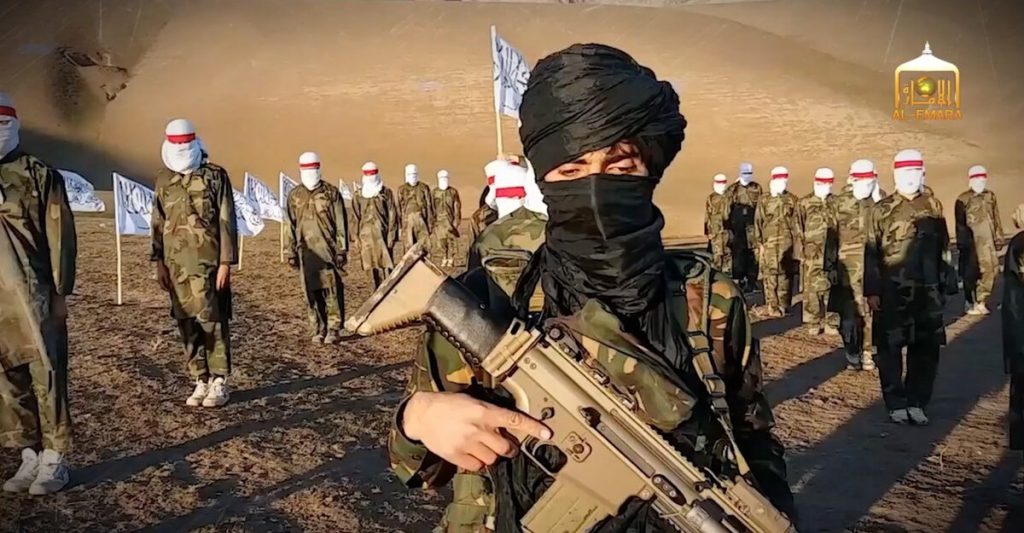
Two days ago, the leaders of the Taliban signed an agreement with the United States designed to end bring to an end a war that the US has been fighting for nearly two decades.
But that was Saturday. Now it’s Monday, and there’s this:
A deadly blast shattered a period of relative calm in Afghanistan on Monday and the Taliban ordered fighters to resume operations against Afghan forces just two days after signing a deal with Washington aimed at ushering in peace.
No group immediately claimed responsibility for the attack at a football ground in Khost in eastern Afghanistan, where three brothers were killed, officials told AFP.
The blast occurred around the same time the Taliban ordered fighters to recommence attacks against Afghan army and police forces, apparently ending an official “reduction in violence” that had seen a dramatic drop in bloodshed and given Afghans a welcome taste of peace.
Whether this will scuttle the agreement, which lays out a timetable for the final withdrawal of all American troops from Afghanistan, or not remains to be seen. But the pact, negotiated without the participation of the Afghan government itself, had already suffered one substantial blow.
Part of the deal calls for the Afghan government to release as many as 5,000 Taliban fighters as part of a prisoner swap in exchange for 1,000 captive members of the Afghan security forces. But on Sunday …
Afghan President Ashraf Ghani told a news conference in Kabul, Afghanistan, that a prisoner release was not a promise the United States could make, according to The Associated Press. “The request has been made by the United States for the release of prisoners and it can be part of the negotiations but it cannot be a precondition,” said Ghani.
More than 2,400 American service members have been killed in Afghanistan since the United States invaded shortly after the Sept. 11, 2001 terrorist attacks, toppling the Taliban from power and hounding al Qaeda from its camps and hideouts. If the peace deal holds, we could see all 12,000 US troops currently deployed there, and the nearly 7,000 NATO forces, leave once and for all. What happens after that remains anyone’s guess.
Now for this week’s look back.
- March 2, 2001 — Corbett, OR: Federal and local law enforcement agents, as part of an ongoing probe into a white supremacist group, raid a home, seizing weapons, racist literature, and marijuana growing equipment. They also recover a binder notebook entitled “Army of God, Yahweh’s Warriors” containing what officials call a list of targets that include a local federal building and the FBI’s Oregon offices.
- March 3, 1991 — Cappagh, Northern Ireland: The Ulster Volunteer Force carries out a gun attack on a pub in County Tyrone, killing four Catholic men. Some time later the Irish Republican Army (IRA) announces that three of its members had been killed in the attack. The fourth person killed was a Catholic civilian.
- March 3, 2003 — Davao City, Philippines: A bomb attributed to the Moro Islamic Liberation Front, hidden in a backpack, detonates inside an airport terminal, killing 22 and wounding 148. The organization denies responsibility.
- March 5, 2018 — Beaver Dam, WI: A 28-year-old food company technician is killed in an explosion at his apartment. Bomb-making materials were subsequently found throughout his home, including a 40 gallons of acetone, a highly volatile substance that is commonly used as a component of terrorist bombs worldwide. Police recover white supremacist materials from the apartment.
- March 8, 1995 — Karachi, Pakistan: Gunmen kill two US diplomats and wound another. The attack took place as the diplomats were being driven to work at the US embassy. No claim of responsibility was made and suspects were never identified.